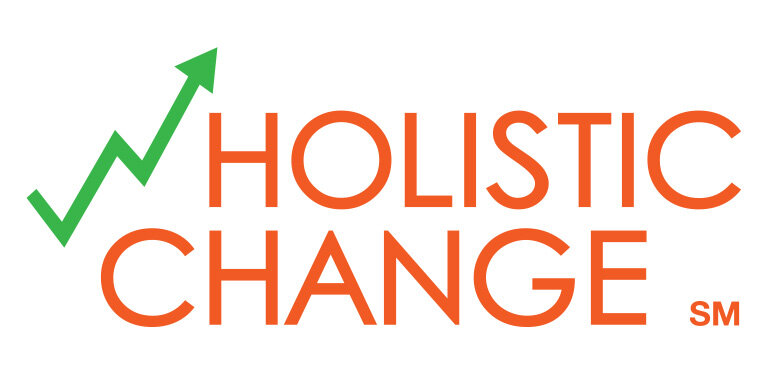At the outset of embarking on a change, you need to define what successful change will look like. This way you will know if you are making progress toward the goal, how much progress you are making, and identify opportunities to adjust your plans, as needed, if the goal is not being achieved.There are 3 questions that define successful change:
- What will the change look like once it is implemented?
- How will you measure success?
- How will you know that the change has actually happened?
One method that proved successful for both Intel® and another Fortune 100 company was to define business value dials. Value dials are a standard set of financial measurements against which all initiatives are measured; if a project cannot be defined by one of more value dials, then it should not proceed.The specific value dials for each company will vary; however, all should ultimately tie back to the key drivers of the company's business: cash cycle, efficiencies, time to market, customer growth & retention, compliance with regulations.Examples of business values against which you can measure success of a change initiative:
- Rework avoided: ($ to reprocess the service) x (number of services that need to be reprocessed)
- Optimization: (Increased volume) x (value of product per unit of time) x (additional time product is available)
- Time-to-market: (Value of increased market segment share) x (number of weeks accelerated to market)
- Customer growth & retention: (Increased volume) x (average selling prices) x (margin % on revenue)

